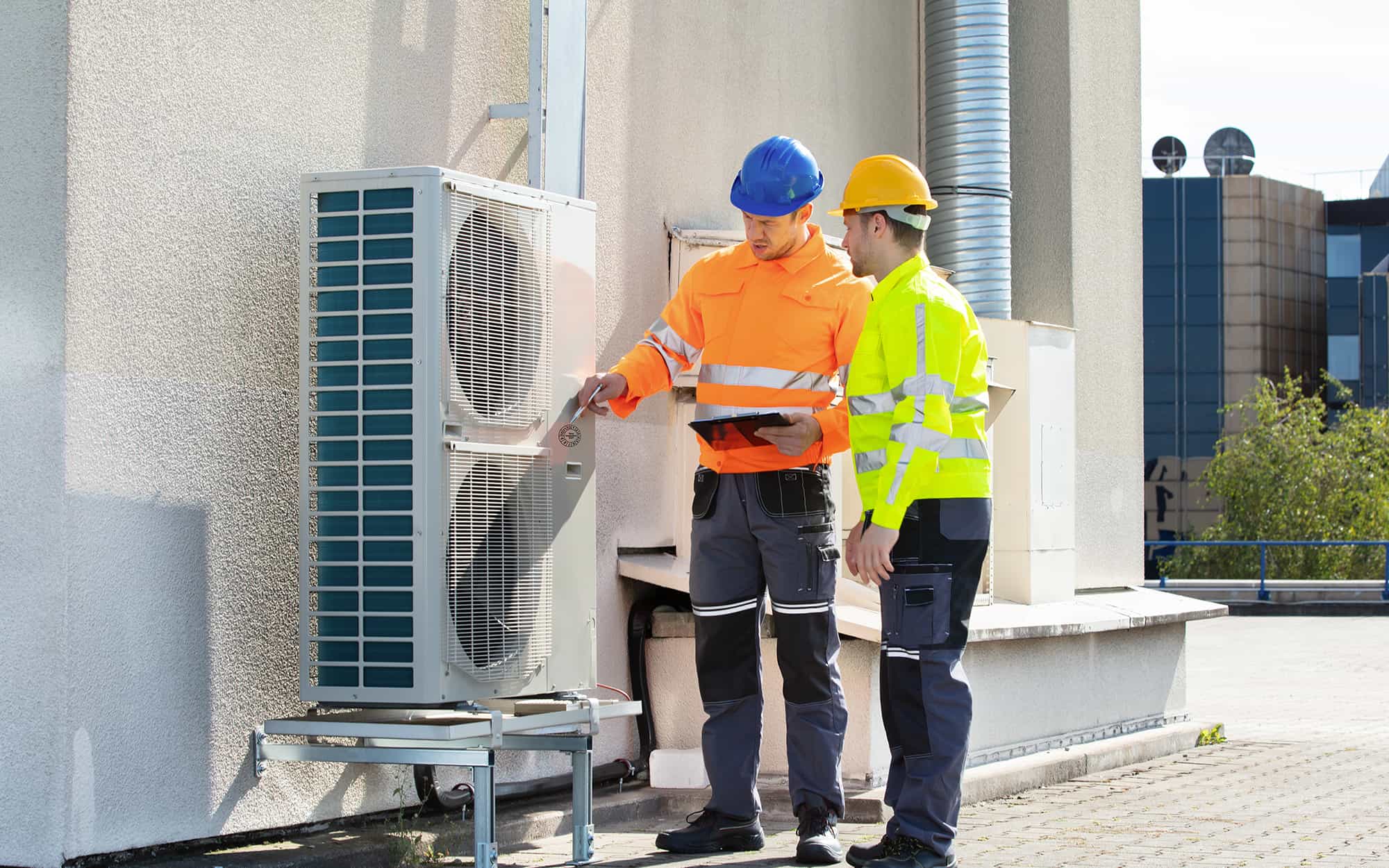
Winter is here, and NYC businesses need their heaters to work effectively. But there’s always the chance your furnace may not work well when you turn it on. Let’s explore the different problems your furnace may develop and how to deal with them.
Key Takeaways
This post covers the following topics:
- Common winter heating problems
- Your heater won’t turn on
- Your furnace is running, but there’s no heat
- How to prevent furnace problems
Common Winter Heating Problems
Your commercial furnace could develop a few issues when the weather cools down, including:
The Heat Won’t Kick On
If your heating system won’t turn on, double check that it’s connected to a power source. It’s possible that your heater got disconnected during the warmer months.
If your furnace is connected to its power source but won’t turn on, you’ll need to check two components to make sure they’re working properly. One is your furnace’s pilot light, which ignites the system’s fuel. If this light isn’t on, it won’t start the heating process.
The other component is your system’s programmable thermostat. If it’s unresponsive, it may have dead batteries. Swap them out, turn the thermostat on, and set it to “heating.” Then raise its temperature a few degrees to see if your furnace kicks on.
The Furnace Is Running, But There’s No Heat
If you turn your furnace on and it doesn’t produce warm or hot air, you can try a few quick fixes before scheduling furnace repairs. These quick fixes are:
- Checking your air filter: A dirty air filter can cause a few HVAC problems, including a furnace that produces cool or cold air. Check your filter to see if it’s dirty, then put in a new one.
- Checking vents for obstructions: Vents sometimes get obstructed by objects that prevent warm air from circulating through your building. Move furniture and other fixtures away from your vents to help air circulate smoothly.
- Checking ductwork for clogs: Examine your ductwork to see if anything is blocking their airflow. Also check that your ducts aren’t leaking warm air, which causes uneven heating. Clear out your ducts and seal any leaks with metal or mastic tape.
- Checking your fan belt: The fan belt connects your furnace’s blower motor to the blower. This fan blows hot air into the ductwork, where it flows through the rest of your building. If the fan belt looks worn, have your contractor replace it and see if your furnace starts producing hot air.
If you try these suggestions and they don’t work, you need a professional contractor to fix your heater.
Having problems with your furnace? Fix them with REACT Industries.
How Do You Prevent Furnace Problems?
Preventative maintenance from a professional HVAC contractor can stop large problems from happening. Your contractor usually performs preventative maintenance once a year, sometimes twice a year in the spring and fall. During these maintenance visits, an HVAC technician examines your system and completes tasks that prevent minor problems from becoming major ones.
Your contractor can do things like check the furnace filter and change the fan belt to make sure your heater works when you need it. However, preventative maintenance can’t stop every problem. If your furnace develops issues after a maintenance visit, contact your contractor to schedule repairs.
Why Your Commercial Furnace Matters
You may wonder whether investing in your furnace’s maintenance is worth it. After all, couldn’t you just have your furnace fixed when it breaks down? You could. But waiting until your HVAC system completely breaks down could cause major problems in your building.
Let’s say you manage a building that has multiple businesses in it. Your tenants won’t be very understanding that you want to save money by not getting the heater fixed. They want to stay warm and comfortable while they work. When you invest in HVAC maintenance, think about all the people it helps.
If you’re ready to protect your heater from the harsh winter weather, reach out to REACT Industries today.